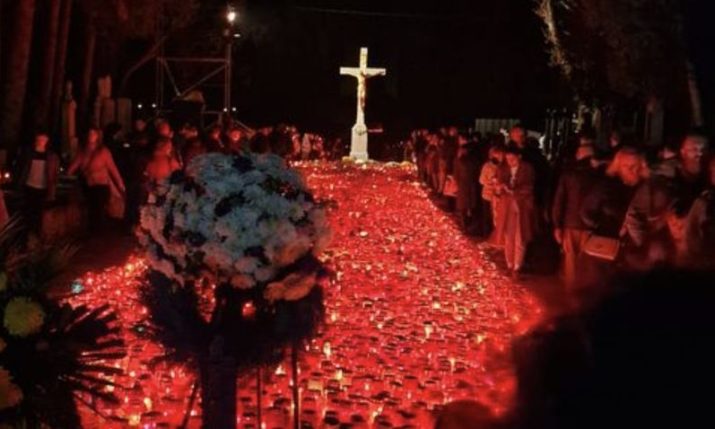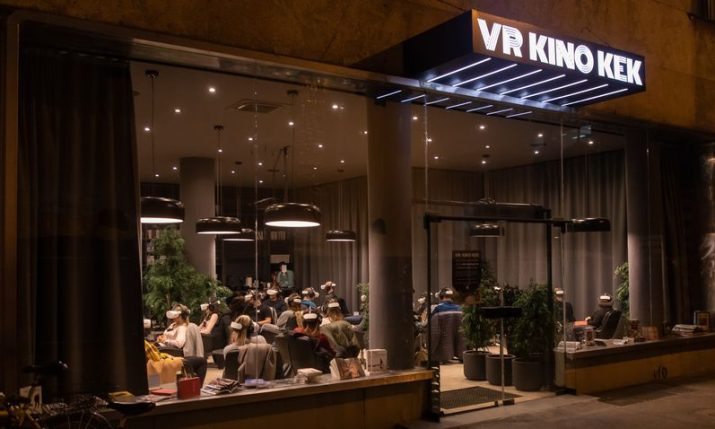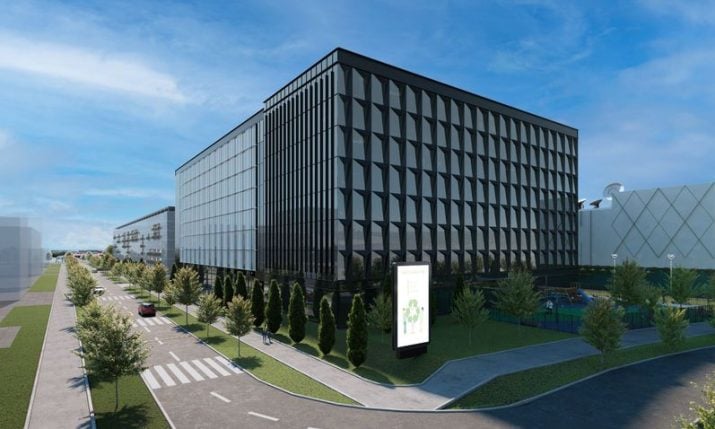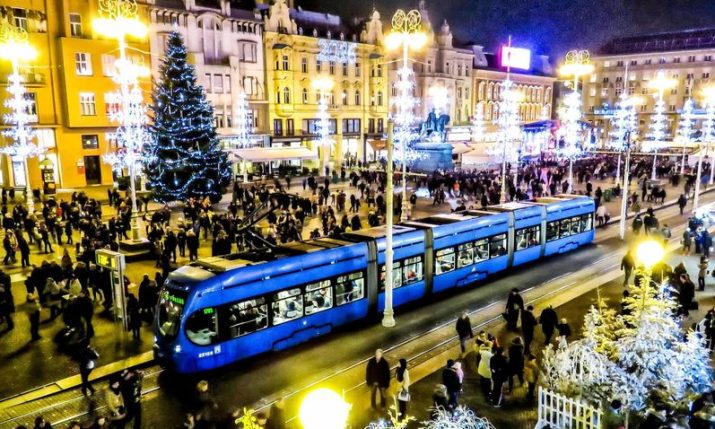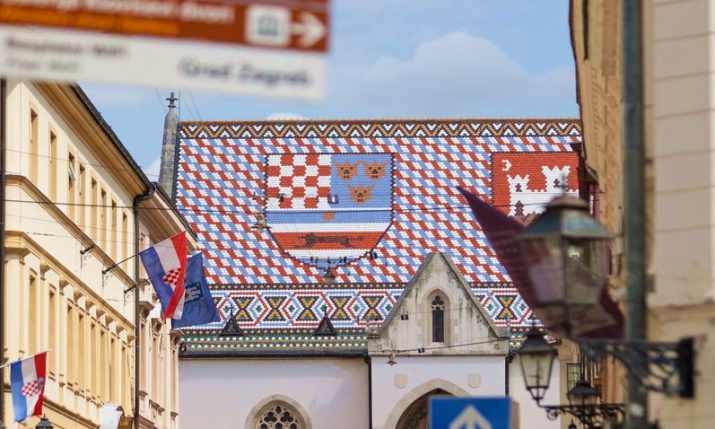Zagreb’s oldest means of public transport still going strong
- by croatiaweek
- in Entertainment
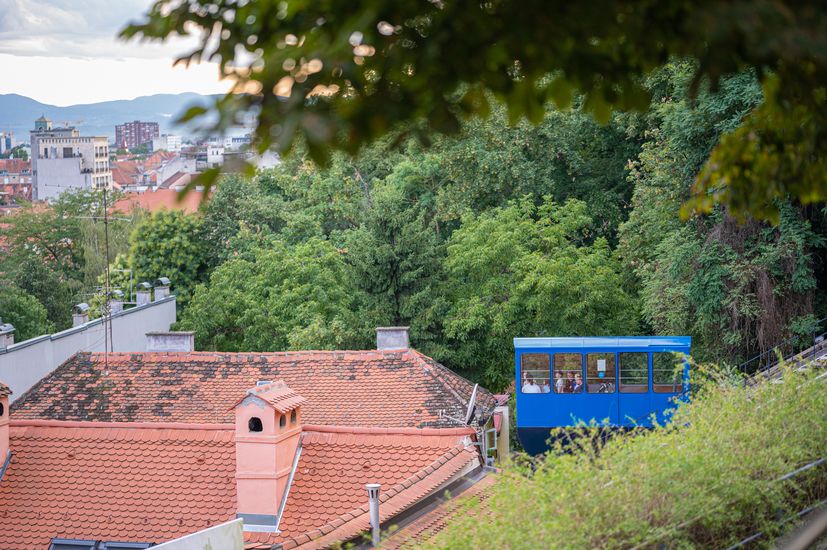
(Photo credit: S. Kaštelan/Zagreb Tourist Board)
Croatia’s capital Zagreb boasts a unique claim to fame – it is home to one of the world’s shortest funicular, which also happens to be its oldest form of public transport.
This charming and historic mode of transportation has become an integral part of Zagreb’s identity, offering both locals and visitors a delightful journey through time.
Zagreb’s funicular (Zagrebačka uspinjača in Croatian), has been climbing the steep slope between the lower and upper towns since its inauguration on October 8, 1890.
“It is the oldest means of organised public transport in Zagreb,” says ZET who operate it today.
Conceived by engineer Viktor Knietsch, the funicular was initially steam-powered, later transitioning to an electric drive in 1934, a technological upgrade that enhanced both efficiency and safety.
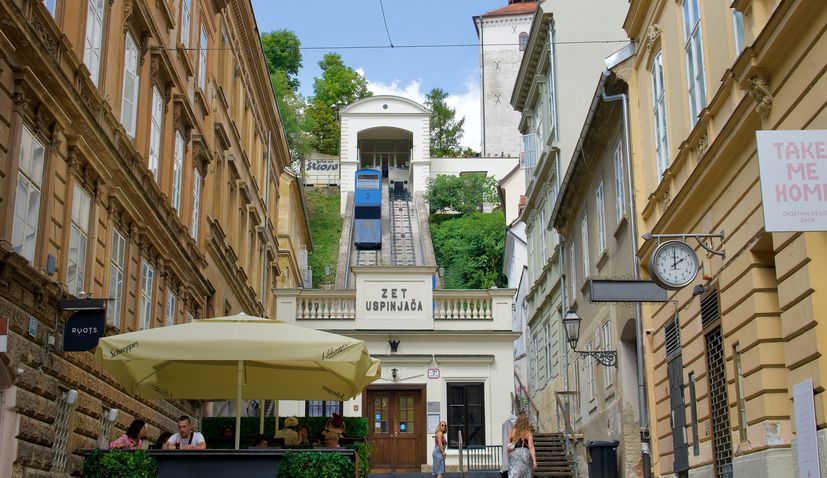
Zagreb’s funicular was put into operation over 133 years ago
Measuring a mere 66 meters in length, the funicular connects Tomićeva Street in the lower town (Donji Grad) to Lotrščak Tower in the upper town (Gornji Grad). Its gradient is one of the steepest in the world, reaching an impressive 52%, ensuring a swift ascent for passengers. It runs at a speed of 1.5 m/s, needing around one minute to cross the distance.
The charm of the Zagreb Funicular extends beyond its brevity, as it offers passengers a captivating glimpse into Zagreb’s architectural and engineering history. The upper station, designed by architect Hermann Bollé, exudes a neogothic charm that blends seamlessly with the historic ambiance of the upper town. The lower station, although rebuilt in the mid-20th century, maintains an elegant simplicity that pays homage to the funicular’s heritage.

(Photo credit: J Duval/Zagreb Tourist Board)
The funicular experience is more than just a quick mode of transportation; it’s a journey through Zagreb’s past and present. As the funicular smoothly ascends, passengers are treated to panoramic views of the lower town, with its vibrant squares and charming streets, gradually revealing the medieval architecture and narrow alleyways of the upper town.
One of the highlights of the funicular journey is passing through the picturesque Lotrščak Tower, which dates back to the 13th century.
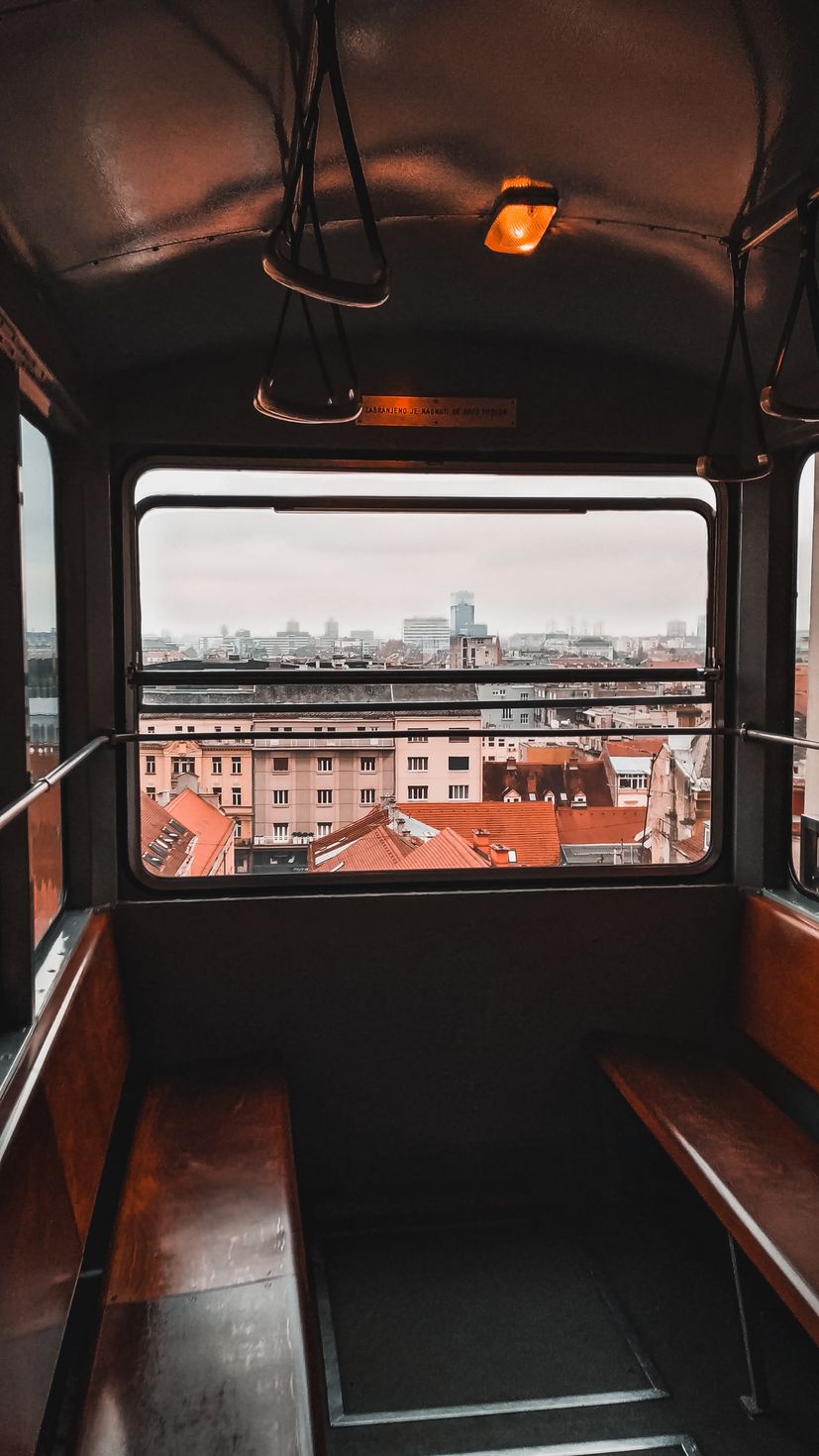
As the funicular, is also protected legally as a cultural monument, glides through the medieval stone tunnel beneath the tower, passengers can’t help but feel a sense of time travel, connecting the modern city below with its rich historical roots.
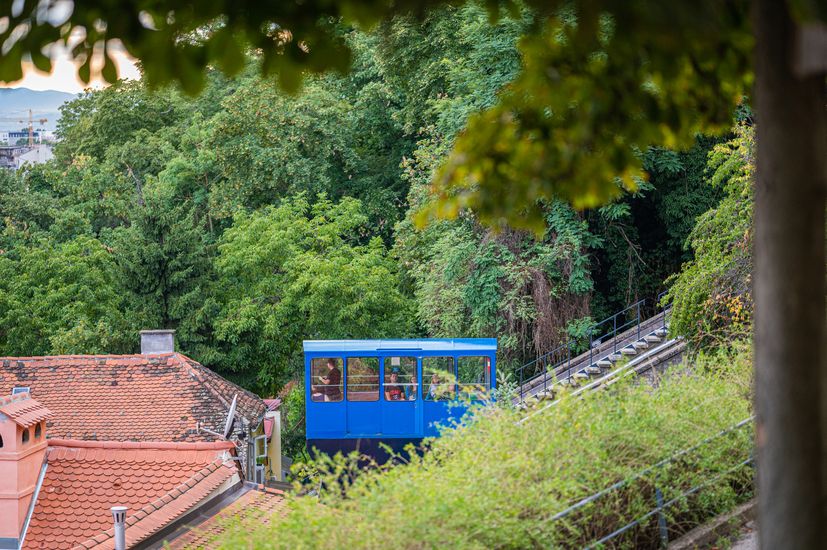
(Photo credit: S. Kaštelan/Zagreb Tourist Board)
In its 133 years, there has not been one accident and the funicular is still popular today with around 800,000 tourists annually using it. A ticket for the funicular in one direction will set you back €0.66. There is room inside the cable for 28 adults (16 seating,12 standing places).
After more than 50 years, the funicular is set to undergo improvements in 2024 and will be out of action whilst this is being done.

